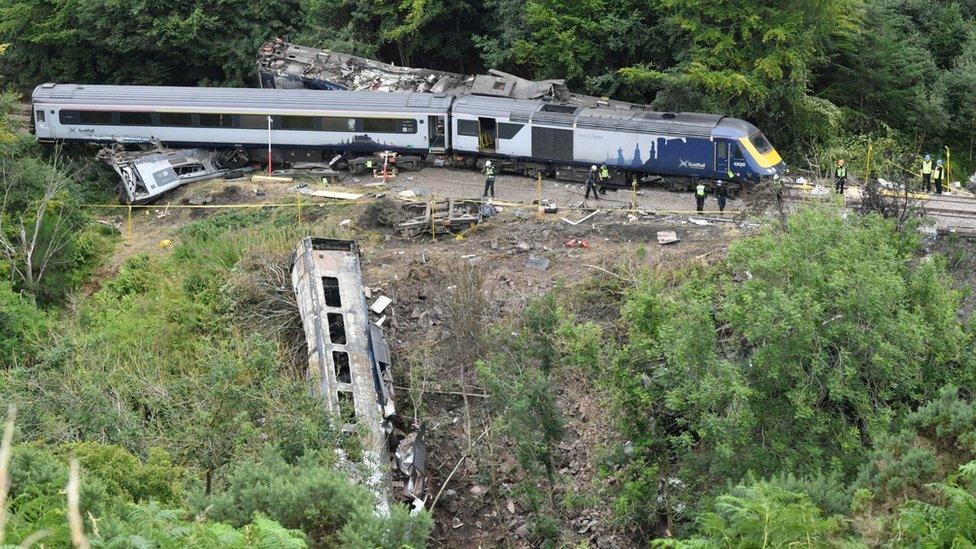Stonehaven derailment: Work to remove train carriages to begin this week
- Published
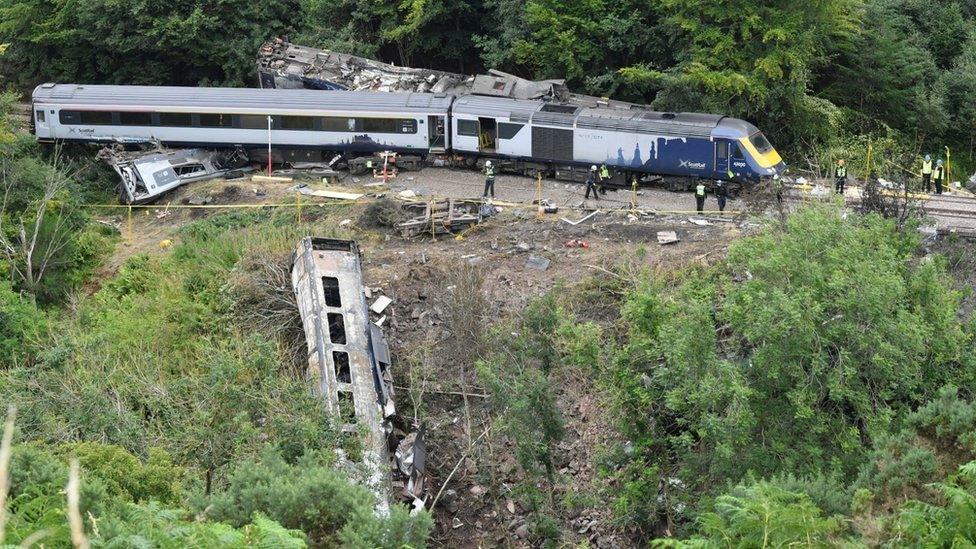
The derailment happened near Stonehaven on 12 August
Work to remove the train carriages from the site of the derailment in Aberdeenshire which left three people dead is beginning this week.
The crash happened after a landslide near Stonehaven on 12 August .
Driver Brett McCullough, 45, conductor Donald Dinnie, 58, and passenger Christopher Stuchbury, 62, died.
Network Rail said a 900m road and temporary bridges had been built through farmland to allow access for the specialist lifting equipment.
Specialist engineers will use a 600-tonne "crawler crane" to lift the carriages over the coming days in what is described as a "delicate process".
The derailment took place when the 06:38 service from Aberdeen to Glasgow struck a landslip 1.4 miles north east of Carmont after a night of heavy rain.
Six other people were injured in the derailment.
Alex Hynes, managing director of Scotland's Railway, said 12 August was a "devastating day".
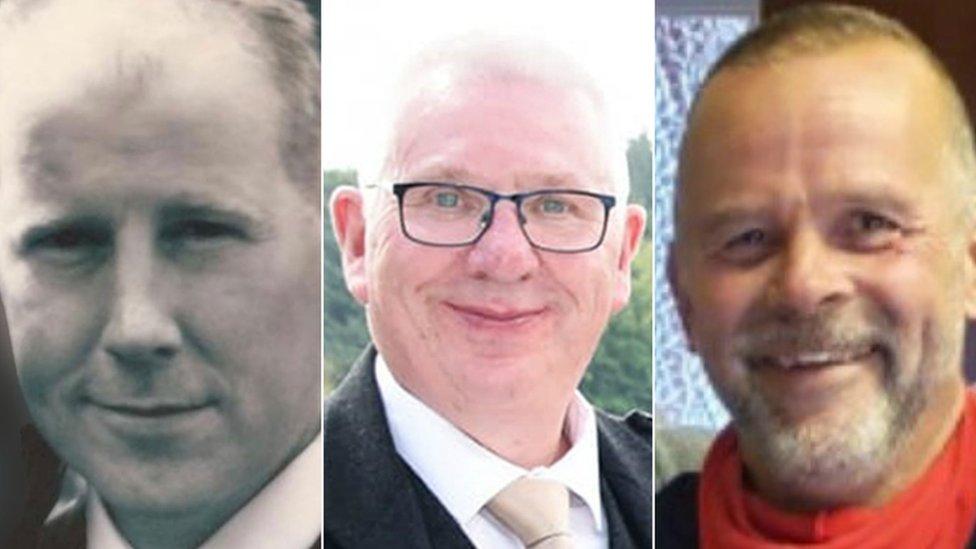
Brett McCullough, Donald Dinnie and Chris Stuchbury died after the train left the tracks
He said: "While we will now begin the process of recovering the carriages and repairing the railway, we do so with a heavy heart.
"We will continue to work closely with the Rail Accident Investigation Branch (RAIB) throughout this recovery process so we can learn from this terrible event and help prevent similar accidents."
No exact timescale has been placed on the reopening of the line but it is thought likely to be a number of weeks.
Within speed limit
An initial report by the Rail Accident Investigation Branch, external said the train was travelling within the speed limit.
The RAIB said it reached 72.8 mph (117.1 km/h) and this was "within the maximum permitted of 75 mph (120 km/h) on this stretch of line".
Two independent task forces have been set up in the wake of the train crash.
Dame Julia Slingo, former chief scientist at the Met Office and an expert in climatology, will lead the weather action task force.
Lord Robert Mair, a geotechnical engineer and member of the House of Lords select committee on science and technology, will spearhead the earthworks management task force.
Network Rail said the two experts had been asked to improve its understanding and response to severe weather, and better manage its earthworks portfolio.
- Published2 September 2020

- Published28 August 2020

- Published25 August 2020
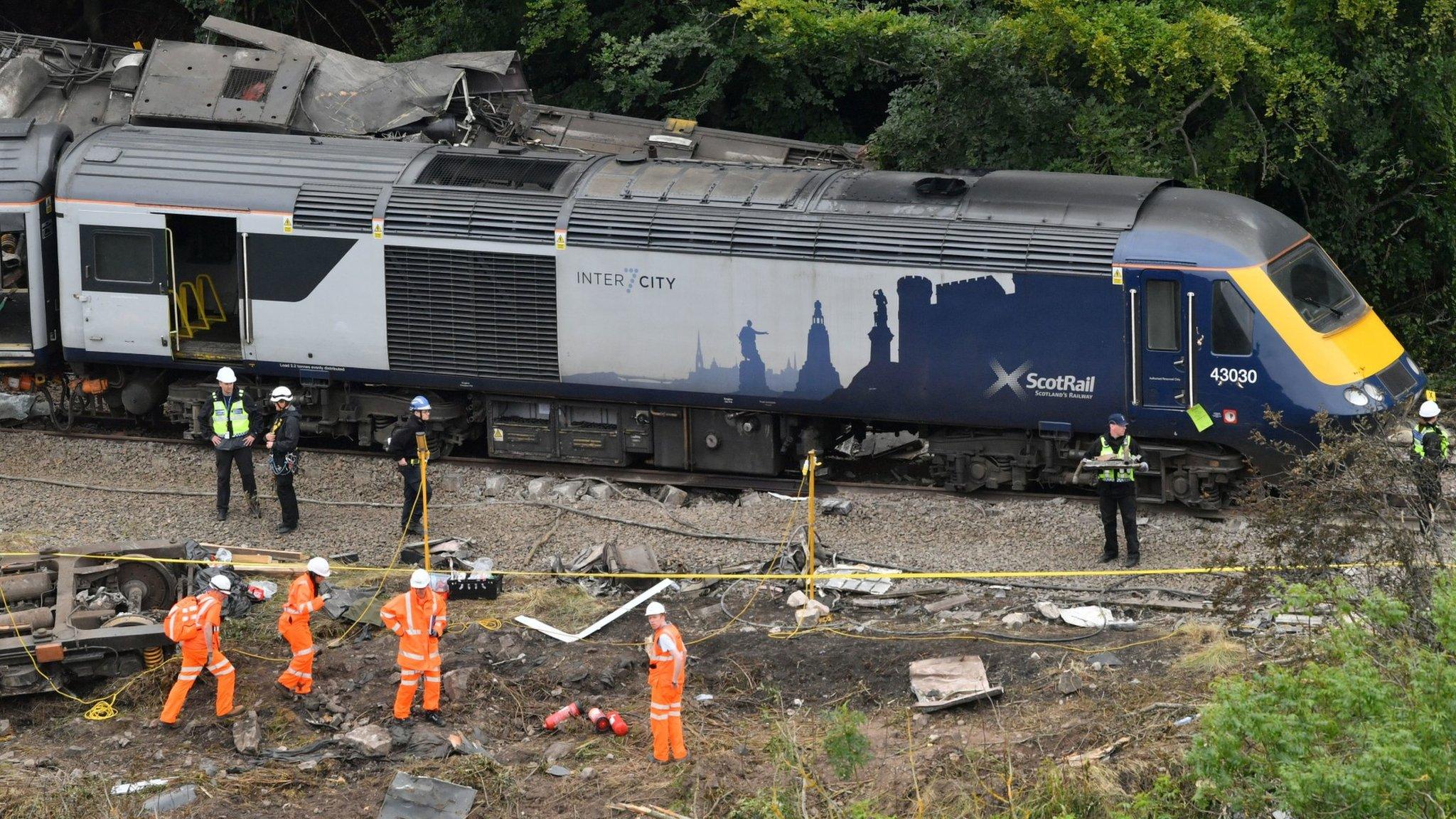
- Published22 August 2020

- Published21 August 2020
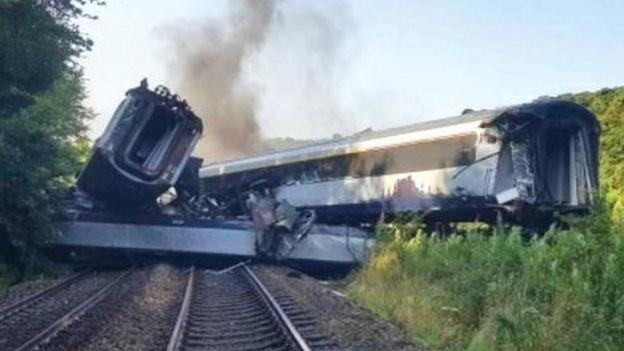
- Published19 August 2020
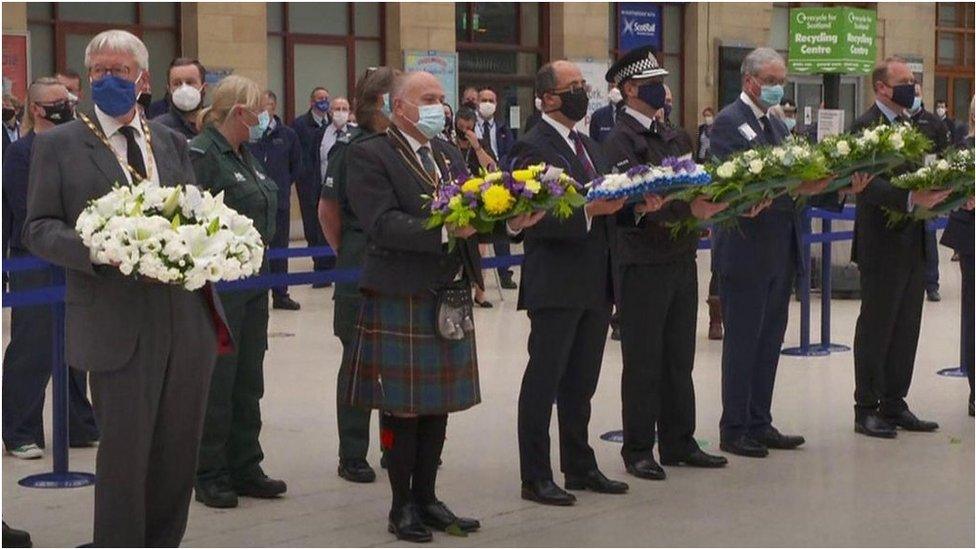
- Published14 August 2020
